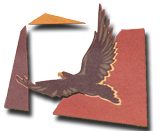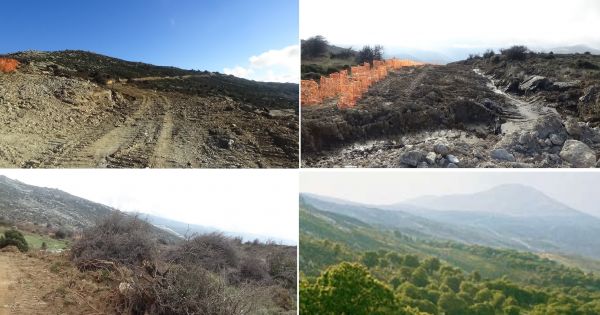Culture and history
The cultural landscape
Ancient myths and archaeological findings testify that Karystia area was inhabited from age-old time. The lean natural landscape of Karystia bears signs of human works from different periods of history.
Some of the most important monuments of the region, like the ancient quarries of Styra, Marmari and Myloi are associated with the quarrying of marble during roman times, whereas the Drakospito ("dragon house") on the summit of Ochi is associated with myths of Gods worship during the prehistoric years.
The monuments of classical antiquity (e.g. the Greek in Platanistos) are scant, while most of the later monuments, like cobbled roads, paths, fountains, Byzantine churches, castle relics, are associated with the folk culture of the Byzantine and Turkish-occupation era.
The influence of humans on the landscape of Karystia is not limited only on the monuments, but it also manifests mainly in historical traditional activities, like grazing, cultivating on terraces and creation of small traditional settlements. The local people created small residences, paths, cobbled roads, drywalls, folds, huts and watermills, in absolute harmony with the nature of Karystia. The symbiosis of nature and humans carved a landscape with authentic character, that gives a special physiognomy to Karystia region.
 This landscape still survives in Cavo d'Oro and in the East coast of Karystia, while in the populated centers (Karystos, Marmari and Styra) the balance between nature and humans is lost, due to building activity that prevailed after 1980.
This landscape still survives in Cavo d'Oro and in the East coast of Karystia, while in the populated centers (Karystos, Marmari and Styra) the balance between nature and humans is lost, due to building activity that prevailed after 1980.
Since 2000 a new menace is threatening to ruin the cultural landscape of Cavo d'Oro and other forgotten places in Karystia, the uncontrollable installation of wind parks.
The stake for Karystia region nowadays is whether it will keep or it will lose the only treasure that offers it historical value: the natural and cultural landscape.


























